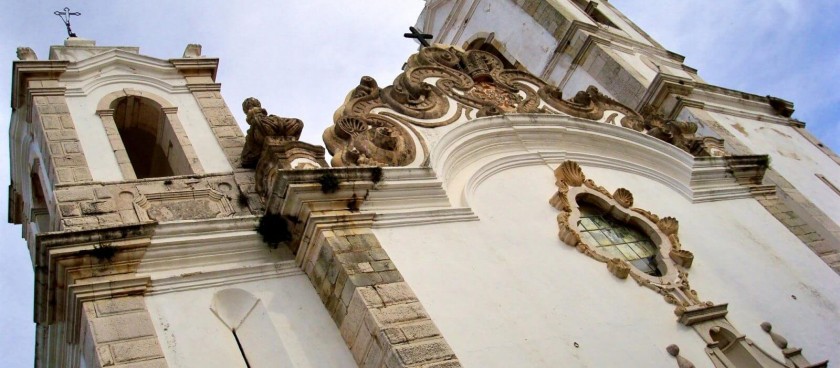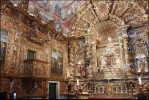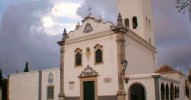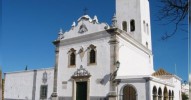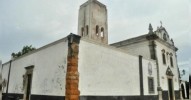- #PT32
- R. Gen. Alberto da Silveira 1, 8600-594 Lagos, Portugal
- Working hours*:
Opening hours: 10:00 - 17:30. - * - opening and closing times as well as entrance prices, are subject to alterations without notice. Visitors are advised to check before visiting.
- 37.0990638, -8.6712537 Copy to clipboard Copy
-
#Churches
The Chapel of St. Anthony in the Algarve is a unique Catholic church founded on the territory where, according to ancient records, the patron saint of Portugal, St. Anthony of Padua, was born. St. Anthony's birth in 1195 lies within the crypt of a delightful church and an underground chapel. The building is located in the historic area of Alfama, next to the Praça do Comércio square, not far from the Cathedral on Augusto Rosa street. Nearby is Porta do Mar ("Sea Gate") - one of the ancient passages to the city.
"Second breath" of the chapel of St. Anthony
Initially, in the 15th century, a small chapel stood on the site of the house, which was rebuilt several times over time. The crypt is the only one that survived due to the earthquake in 1755. The construction of a new church was laid in 1767 under Mateus Vicenti, also known as the author of the Basilica da Estrela. The funds used for the building are donations from residents.
The building is framed with marble, and the entrance is decorated with Ionian archipelagos. The chapels are decorated with numerous unique paintings and statues depicting the deeds of St. Anthony. Some legends were laid the chapel's foundation from the remains of the stones of the Saint's house. The crypt contains a stained glass window, which was created in honour of the hearing of Pope John Paul II in 1982. After 13 years, when the Saint was 800 years old, the basilica was restored.
A little about the patron saint of Portugal - Saint Antonio
Anthony of Padua was born in 1195 in Lisbon. At 15, he became a member of the Augustinian brotherhood in Coimbra. A year later, they joined the Franciscans and was sent as a volunteer to Africa. While in Sicily, he discovered the gift of preaching, and Saint Francis blessed him to minister throughout Italy. Later he was appointed theology teacher, but Antonio was more interested in saving souls than teaching. He became a famous preacher who believers from all over Europe visited during his life. The number of people was so significant that sometimes it did not fit everyone in the church. Then Anthony went out into the streets. Exhausted by his labours, he died at 36 in 1231. A year later, he was added to the number of saints.
Saint Anthony is considered the patron saint of newlyweds, who lay flowers at the icon of the Saint and hope that this will bring family happiness. Also, many believe that by praying to him, you can find lost things. Every year on June 13, a procession takes place in honour of Anthony. Travellers should pay attention to the museum, which is located next to the chapel of St. Anthony.
